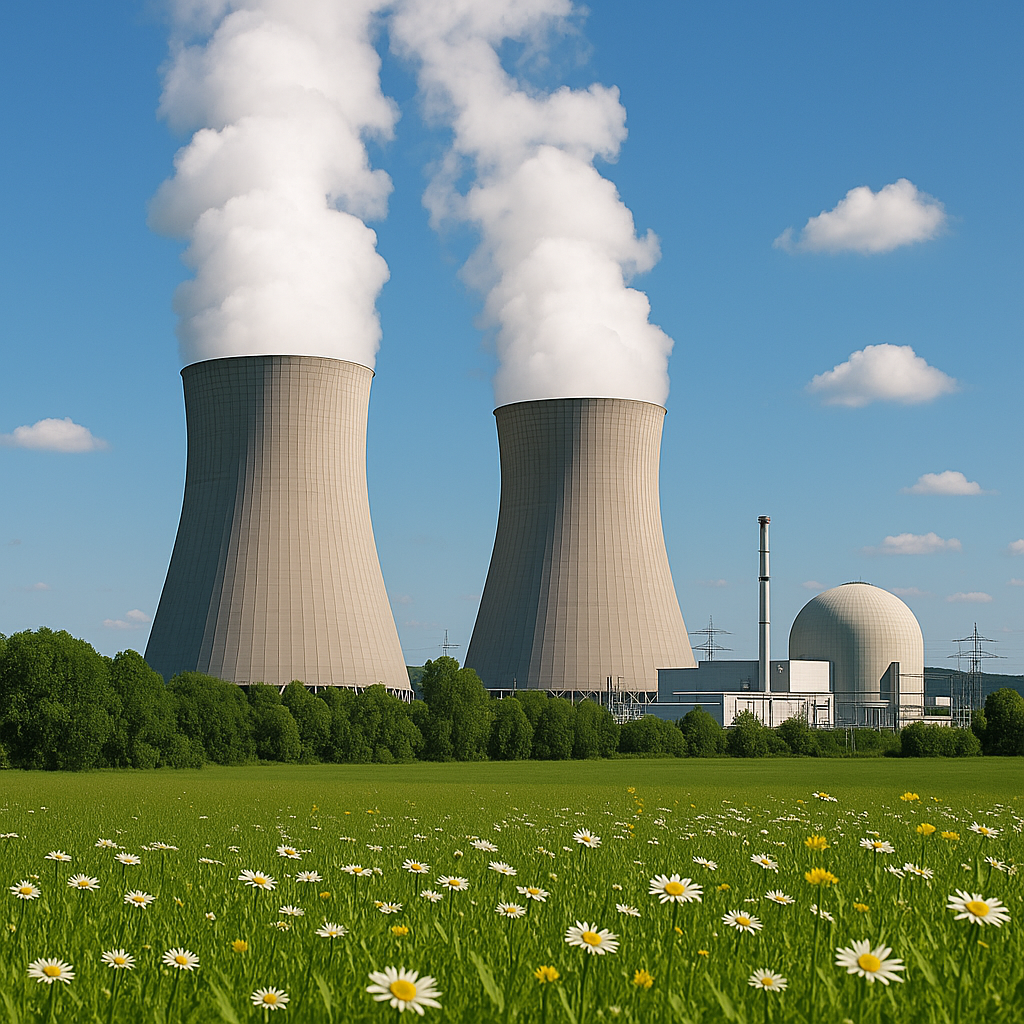Nuclear Availability and Production Forecast
French nuclear monitoring is crucial to understanding the behaviour of energy markets in Europe. This is why our “Nuclear Tracker”, developed by the experts at Haya Energy Solutions, monitors the availability of the French nuclear fleet in real time. We monitor both the availability and production of individual nuclear plants and compare them against Haya Energy Solutions forecast of production.
In France, nuclear energy accounts for almost 70% of the energy mix. However, the nuclear fleet faces a number of challenges that reduce its output, and this unavailability has a direct impact on the markets.
The “Nuclear Tracker” tool is valuable for analysing nuclear availability and production forecasting, which is essential for predicting and understanding European electricity market reactions.

Availability of the French nuclear fleet
Current nuclear availability is sitting at or above the historical maximum band, and has remained close to the upper bound of the past month’s range. This is consistent with EDF’s latest operational figures: nuclear output in October 2025 reached 30.4 TWh, with cumulative year-to-date production of 299.5 TWh, which EDF explicitly attributes to good reactor availability and well-managed outages. EDF FR Over the 14 October–14 November window, RTE’s availability data and EDF’s transparency feeds show a stable fleet with no large unplanned nuclear outages, and only routine, short-duration events and planned work. As a result, the fleet is entering winter from a position of unusual strength, with availability hugging or exceeding historical highs rather than lagging below them as in recent years; EDF has therefore stated that they are increasing the range of nuclear production in France for 2025, and are now estimating production between 365 and 375 TWh, something our own prediction remains in line with at 372 TWh.
Overall, the combination of high availability in the graph and EDF’s statements on “good availability of the reactors in operation” supports the view that the present winter outlook is more robust than previous seasons. While the usual caveat remains—that even a handful of unplanned events can change the picture quickly—the last month has not seen any major nuclear surprises in EDF’s or RTE’s official disclosures.
Nuclear Production
We state the total realized production in France up to the current date, along with our forecasted production for the remaining months of the year. This provides a clear picture of overall nuclear output, helping users understand how actual performance compares to expected trends, taking into account planned maintenance, seasonal demand, and historical patterns.
Nuclear trends
We analyze trends in nuclear power availability and production, based on historical data, current plant statuses, and upcoming maintenance schedules. These trends help contextualize current performance and support projections for future supply conditions, especially during periods of high demand or stress on the grid.




